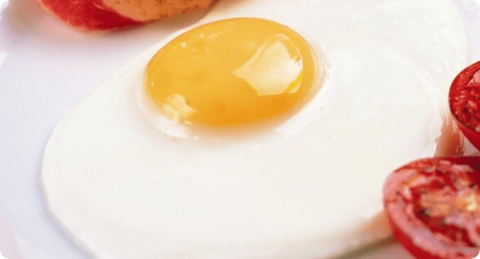Choose the right pan
You aren’t going to need a special pan to fry an egg, but if you plan on flipping it over, you’ll want to use one that’s non-stick, so that you won’t break your fry and ruin the shape. If you don’t want to use a non-stick pan, a normal one will do fine but make sure to add a bit of extra oil or butter to be safe.
Get the heat just right!
You might think that frying an egg requires as much heat as possible, but what this actually does is cook the bottom too quickly whilst the white at the top stays runny. What you want to aim for is a medium-lowheat so that you get a little bubbling as soon as the egg hits the pan, without burning it. As far as timings go, you’ll want to keep your eye on things to make sure they are just the way you want, but 2-3 minutes is all you’ll need to get the bottom cooked properly, with an extra minute if you want to flip and cook the yolk as well.
When should you flip?
Everyone prefers the yolk in their own way, but no one likes runny whites! The trick here is to make sure that the white is spread out evenly and not too concentrated in the middle. Some people like to cover the pan part way through cooking (whilst turning down the heat) and letting the trapped heat gently cook the white before flipping. However, if you’re looking to make eggs over easy, flip the egg over once the bottom is set.
What’s the difference between eggs over easy and sunny side up?
When a fried egg is sunny side up, it means that you have only cooked the bottom and not flipped the egg to cook on the other side. This means the yolk stays golden and yellow, hence the name! When eggs are prepared over easy, it means they are fried on both sides, but with the yolk still runny.
